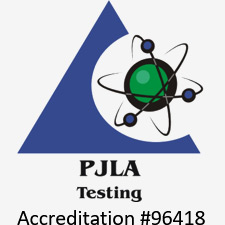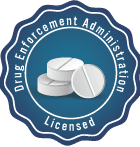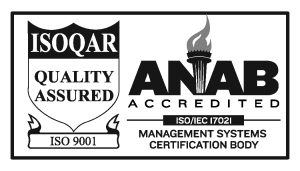Chemical characterization is a critical facet of the medical device pipeline. It is part of any quality-assured research and development (R&D) phase of a device’s life cycle and is used to detect and mitigate risks.
This blog post will focus on how chemical characterization testing is used to demonstrate equivalency.
What Is Chemical Characterization Testing?
In the medical device and pharmaceutical industries, risk management is a complex and crucial process that is carried out to ensure the safety of patients, employees, and companies. The chemical characterization of materials is vital to assess how safe a product is, based on its materials of construction.
In order to test the performance of the device in question, different scenarios will be created. These scenarios will vary based on the expected use conditions designed to provide a worst-case estimate of chemical release. Such testing allows analysts to learn what chemicals could be transferred from the device to the patient under certain conditions of use.
Learn about Chemical Characterization Testing of Medical Devices
One of the critical components of chemical characterization testing is extractables and leachables testing.
Extractables and Leachables Testing
According to the ISO 10993 guidelines, extractables and leachables testing can be used to assist in determining a device’s biological safety. These procedures involve testing for potentially toxic materials and allow analysts to calculate the quantity and the speed at which compounds are released from the device and are transferred to the patient.
Risks Involved
If chemical characterization testing is not carried out, this poses numerous risks to patients. These risks include:
- Exposure of the patient to unexpected or harmful chemicals
- Not identifying toxic and harmful materials used in device construction
- Not meeting the ISO 10993 guidelines
What Is Equivalency?
Equivalence, in the context of medical and pharmaceutical devices, is the process of being able to show that two devices are equivalent to each other in terms of safety and clinical execution. By this definition, equivalence is not just being ‘similar’ to something—it’s much more.
For medical devices to be equivalent, there are a series of guidelines to be followed whilst testing, which range from testing device usages to chemical properties.
These guidelines pose the following requirements:
- Is the ‘new’ device being used for the same purpose?
- Is the design similar?
- Are the testing conditions the same?
- Are the materials that come into contact with patients the same?
- Is the device used for the same clinical condition?
The extractables and leachables tests, can be utilized to determine what materials extract from the device, and provide data that supports the equivalency reports.
Why Is Equivalence Necessary?
Equivalence is necessary to ensure patient safety and that of the people coming into contact with devices and their materials. It is also required to prove to regulatory bodies that the device works in the same way, and to the same standards, of a device that has already been approved.
At Jordi Labs, we are highly experienced with the ISO 10993 regulatory framework and are world leaders in biological safety assessment. Should you require more information, we are able to provide advice on safety standards and compliance, as well as chemical characterization testing, biocompatibility and medical device testing.





